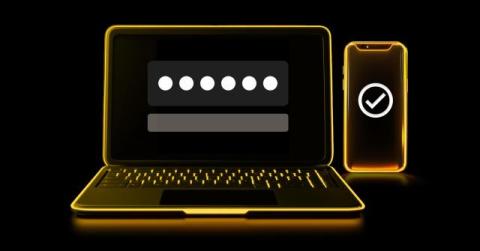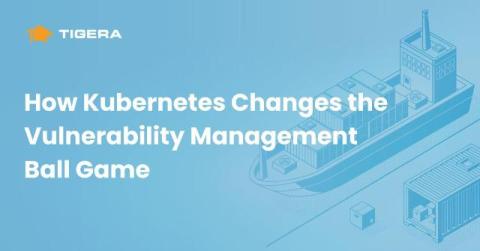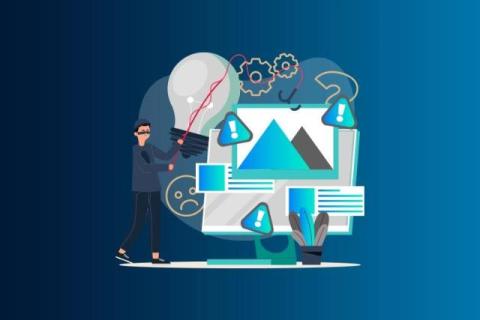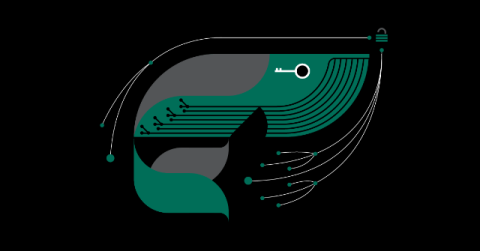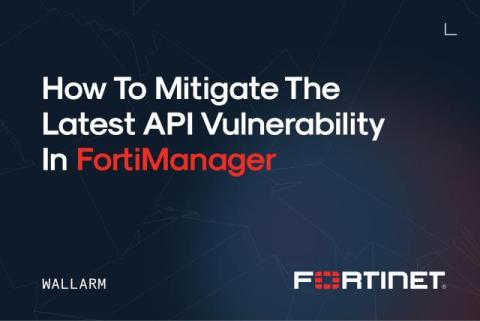Can 2FA Stop Hackers?
Yes, Two-Factor Authentication (2FA) can stop hackers from accessing your accounts, but it’s not entirely foolproof and some forms of 2FA are stronger than others. 2FA is a type of Multi-Factor Authentication (MFA) that requires two authentication factors. With 2FA, you will need your username, password and another authentication method before you can access an online account.


